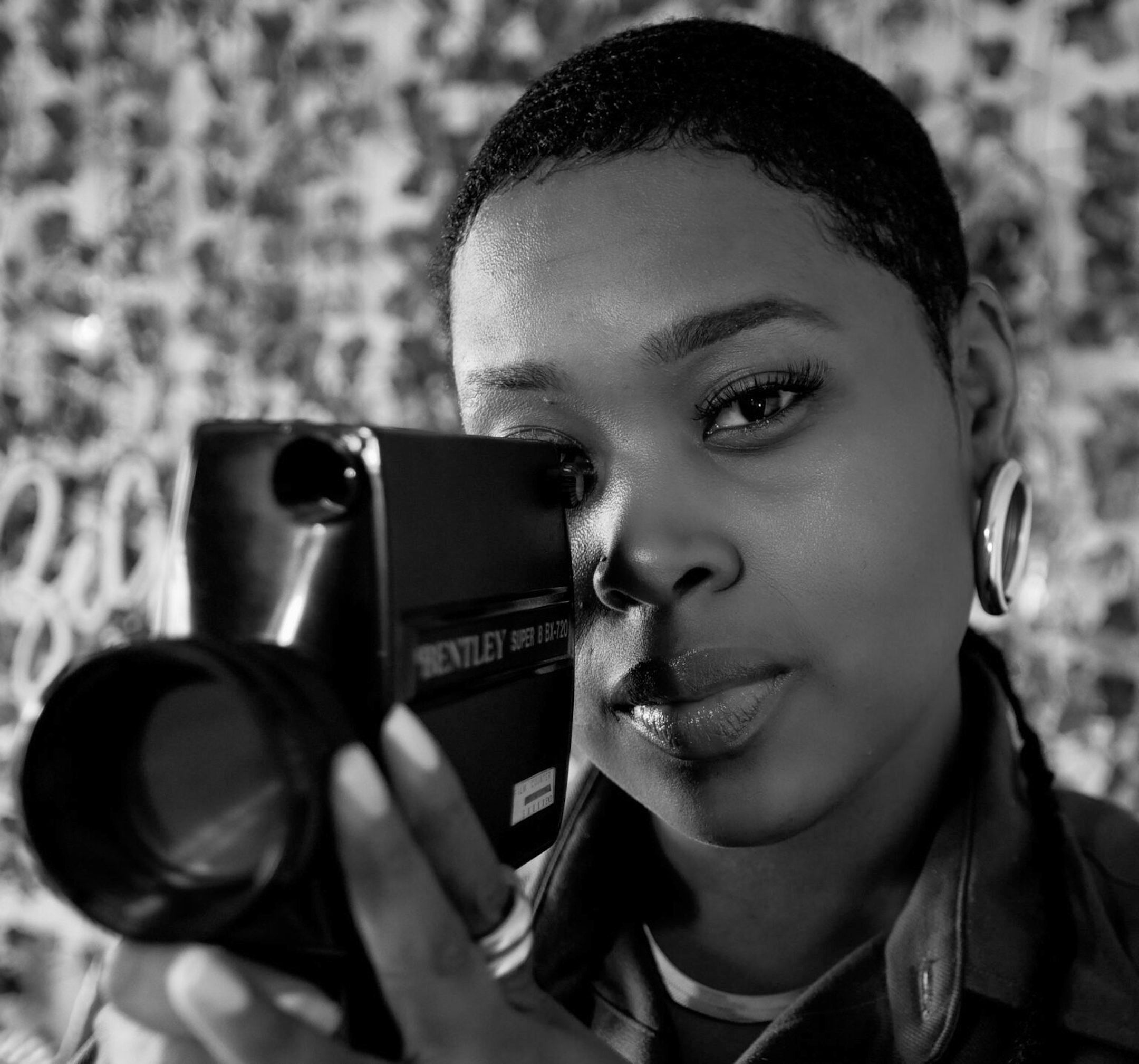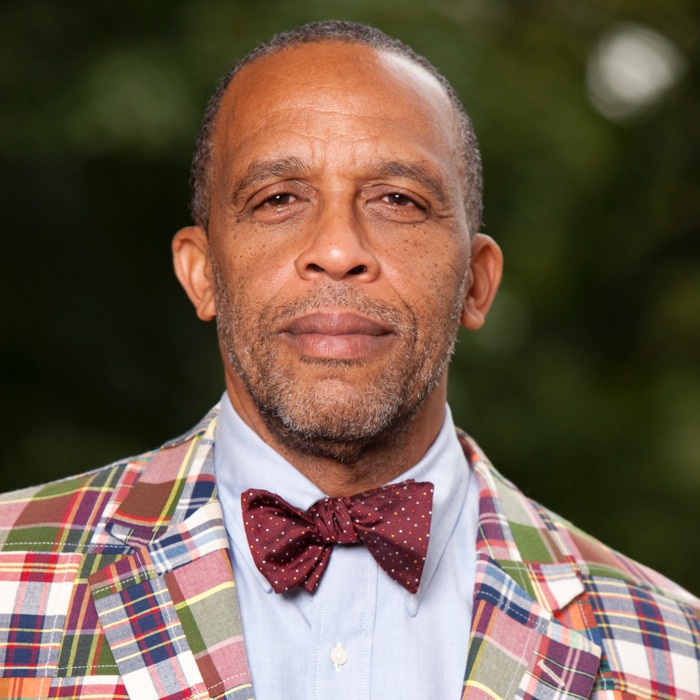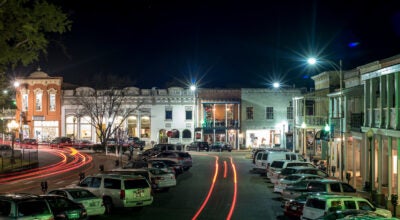Ole Miss alum, filmmaker joins panel focusing on treasure trove of vintage Mississippi photographs
Published 1:45 pm Thursday, March 31, 2022
O.N. Pruitt for four decades was the “picture man” for northeast Mississippi and neighboring Alabama, making photographs both sublime and tragic during an era of racial segregation from 1920-1960. Those photographs, exhibited now at the Columbus Arts Council, resonate still today and will be the subject of an April 12 panel of five visual scholars and image-makers at Mississippi University for Women.
“O.N. Pruitt’s Pictures of Trouble and Resilience: Uncovering Common Ground” will feature a panel of reflecting on Pruitt’s photos and their stories — and how the past may provide possible answers, at least for some questions the images prompt. Berkley Hudson, author of a new book on Pruitt and the exhibit’s curator, will moderate the Tuesday panel that starts at 6 p.m. in Rent Auditorium of Whitfield Hall, 1100 College Street, Columbus. The event is free and open to the public.
Joining Hudson will be Alexa Dilworth and Tom Rankin, both of the Center for Documentary Studies at Duke University; award-winning documentary filmmaker Zaire Love of the Southern Foodways Alliance at the University of Mississippi; and William Williams, fine arts professor at Haverford College. They will consider how Pruitt’s images may provide a common ground of understanding, community and connections about the early and mid-twentieth century.
Dilworth and Rankin served as editors for Hudson’s book published in a partnership with University of North Carolina Press and Duke’s Center for Documentary Studies, where Dilworth is the center’s publishing director and senior editor. Rankin is a professor and director of the center’s MFA program and for 15 years served as the center’s director.
Love describes her mission as one “to honor, amplify and archive the stories and voices of the Black South” concentrating on Memphis, Tennessee and Mississippi.
Originally from Vicksburg, Mississippi, Williams is the Audrey A. and John L. Dusseau professor in the humanities, professor of fine arts at Haverford. He has exhibited photographs nationally with a focused work on sites related to the Underground Railroad and American and African American Civil War places and landscapes.
Hudson is an emeritus associate professor at the Missouri School of Journalism where he taught from 2003 through 2019. For 25 years before that, he was a journalist including at the Los Angeles Times. Most recently in 2019, the National Endowment for Humanities awarded Hudson two grants to create a traveling exhibition of the Pruitt photographs. The exhibit’s premier occurred at the Columbus Arts Council Feb. 3. The exhibit closes at 2 p.m., April 23.
The multimedia exhibit — “Mr. Pruitt’s Possum Town: Trouble and Resilience in the American South” — reveals the lives of white and Black citizens, from the graces of everyday life to the horrific.
Unusual for a white hometown photographer in the American South of the Jim Crow era, Pruitt documented community life, offering a record of family picnics, river baptisms, carnivals, parades, fires, tornadoes, funerals and even two of the last public and legal executions by hanging in Mississippi.
His candid visual history explores race relations and issues of class, gender, and religion, serving as an invaluable resource for those interested in civil rights, photography, Mississippi and American history. Video recordings, period Mississippi music and Pruitt artifacts deepen the exhibition experience for visitors.
Folklorist and author William Ferris, a Vicksburg native and former chairman of the National Endowment for Humanities, describes the Pruitt collection as “a national treasure.”
To preserve the collection in 1987, Hudson and four boyhood friends—Jim Carnes, David and Mark Gooch and Birney Imes—acquired more than 88,000 photographic negatives of Pruitt.
With their help, Hudson has painstakingly studied and curated the archive and culminating in an exhibition companion book which contains 190 images, a biographical introduction, and Hudson’s reflections on the stories the images tell.










